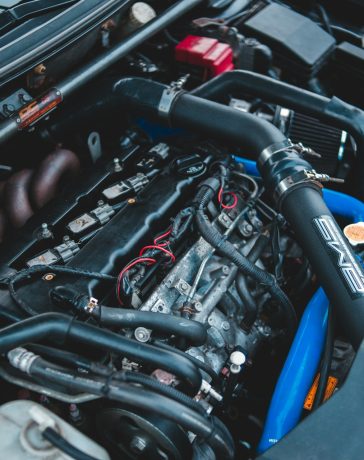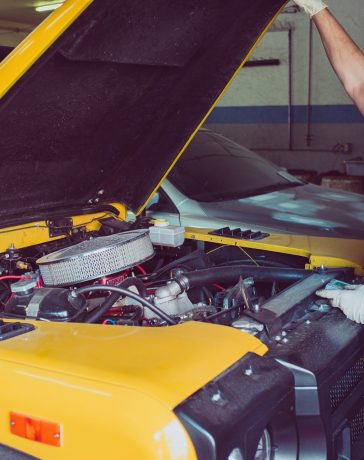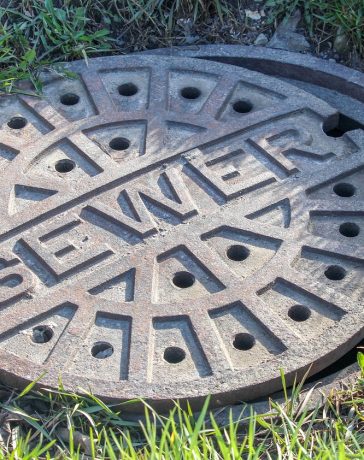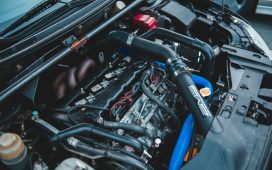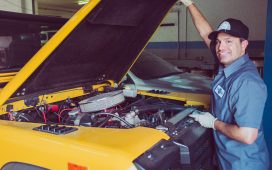Electronic parking brakes have become a common feature in modern vehicles. These brakes replace traditional mechanical handbrakes with a button or switch. This technology not only enhances convenience but also provides additional safety features. Find out what an EPB is and why it proves to be a beneficial addition to new cars.
How Electronic Parking Brakes Work
An electronic parking brake consists of a motor that activates the brake pads when engaged. Drivers typically activate the EPB by pressing a button or flipping a switch, often located on the center console. When engaged, the system sends a signal to the brake calipers, which clamp onto the rear wheel discs, ensuring the car remains stationary. To release the brake, drivers press the button or switch again, and the system disengages the brake pads. You can find out how to activate the EPB system when you purchase a new Honda for sale.
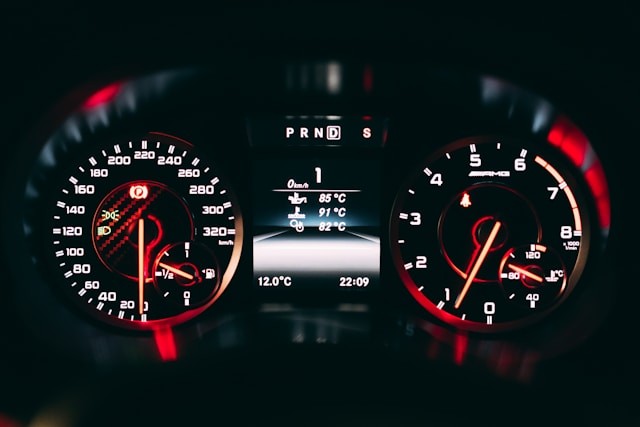
Enhanced Convenience
One of the primary advantages of an EPB is its convenience. Traditional handbrakes require physical effort to engage and disengage. In contrast, an EPB only requires a simple push of a button. This ease of use can be particularly beneficial for drivers who may have difficulty operating a mechanical handbrake.
Increased Cabin Space
EPBs can save space in the vehicle’s cabin. Traditional handbrakes occupy considerable space on the center console. By replacing them with a compact button, manufacturers can design more spacious and efficient interiors. This extra space can be used for additional storage or other features, enhancing overall vehicle comfort and functionality.
Enhanced Safety Features
Electronic parking brakes come with several safety features that improve driving safety. Many EPBs automatically engage when the vehicle is turned off, preventing it from rolling unexpectedly. Additionally, some systems automatically release the brake when the driver accelerates, reducing the risk of accidentally driving with the parking brake engaged.
Integration with Other Systems
EPBs can integrate seamlessly with other vehicle systems. For instance, many new cars feature automatic hill hold assist, which works in conjunction with the EPB to prevent the vehicle from rolling backward on a slope. This integration provides drivers with added confidence and control, especially in challenging driving conditions.
Lower Maintenance Requirements
regenerative braking generally require less maintenance compared to traditional handbrakes. Mechanical handbrakes can stretch and wear out over time, requiring periodic adjustments or replacements. In contrast, electronic systems tend to have fewer mechanical components that can wear out, leading to potentially lower maintenance costs over the vehicle’s lifespan.

Reliability in Various Conditions
EPBs prove to be more reliable in different weather conditions. Mechanical handbrakes can freeze or corrode in harsh weather, affecting their performance. Electronic systems are less susceptible to these issues, ensuring consistent performance regardless of weather conditions. This reliability can be particularly important for drivers living in regions with extreme weather.
Electronic parking brakes represent a significant advancement in automotive technology, offering numerous benefits over traditional handbrakes. As new cars continue to incorporate advanced technologies, EPBs stand out as a valuable feature that improves the overall driving experience, ensuring safer and more comfortable journeys.














